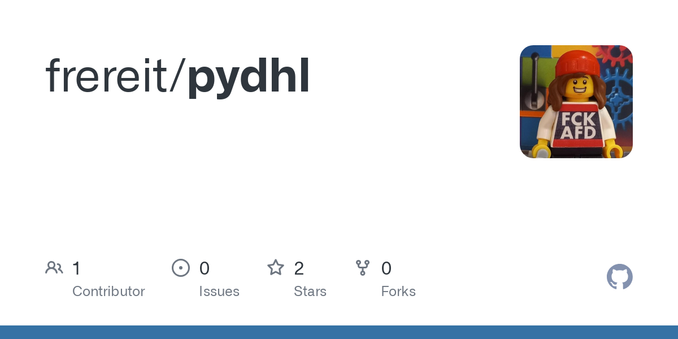A straight white guy friend was complaining about not being able to find any gaming groups for WoW that weren't full of MAGA assholes. He said he keeps joining guilds with older (60+) casual gamers like himself because he can't keep up with the kids, and he'll start to make friends, but then they will reveal themselves to be Trump-lovers. He asked, "What am I doing wrong?"
I said, "First of all, your screen name is Russian. Leftys are gonna be wary of that, and the Alt-right loves it.
Second, you should put some social signals in your bio, like pronouns."
"Okay, but how do I tell people I'm cool, but I'm not gay or trans?"
I explained to him what "cis" and "ally" mean. He had never heard of this before, which showed me what kind of online spaces he was landing in.
Next, I said, "Look for the furries."
"But, I'm not a furry?"
"Yes, but the presence of furries are like lichen. They are a sign of a healthy ecosystem."
This was about 3 months ago. Now, he tells me he joined a guild labeled as LGBTQ-friendly and has made several new cool friends. He says, "I thought they would be talking about sex all the time but it's just a regular group." He mentioned that there are many women and PoC in the group too, and "Everyone's so nice on dungeon runs, telling people they did a good job and being supportive, sharing loot."
I didn't tell him that this is what the whole world would be like without patriarchal toxic masculinity, because I think he figured it out himself.


